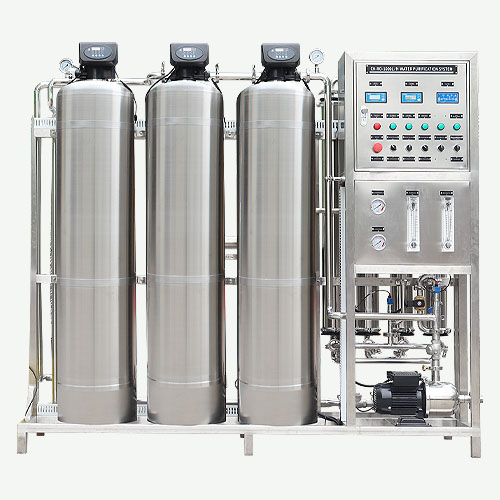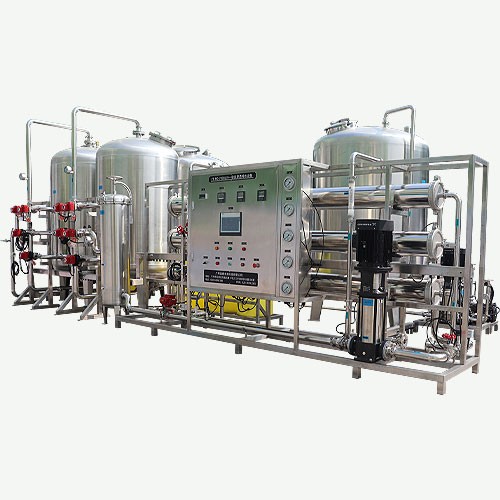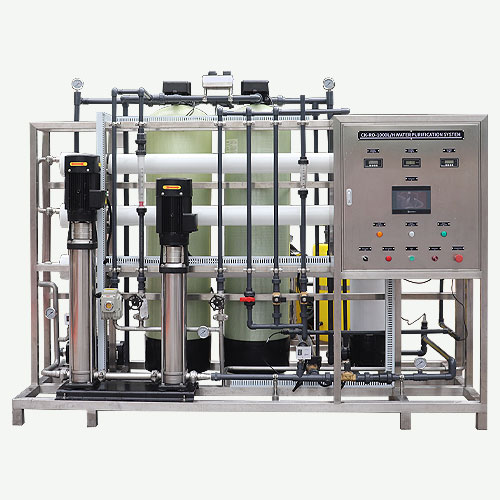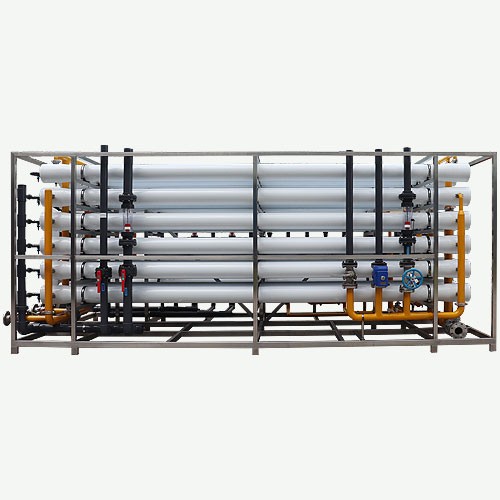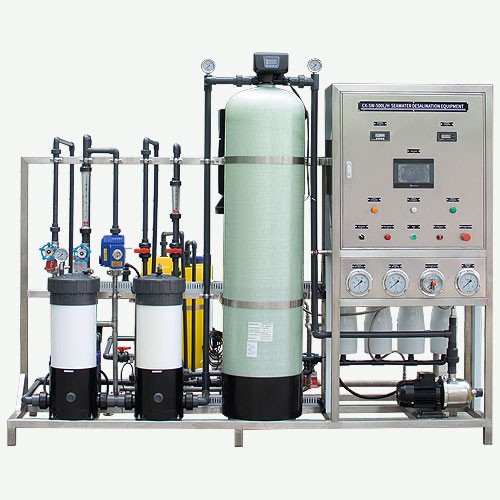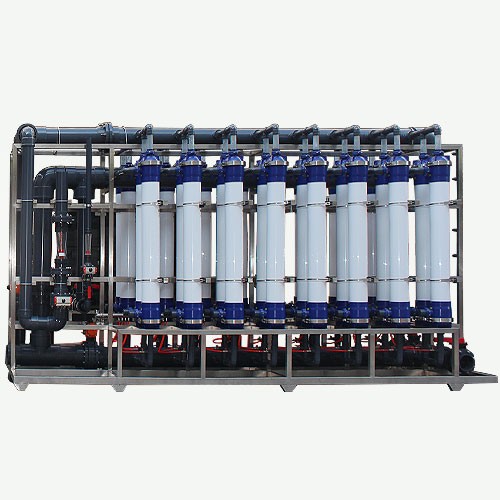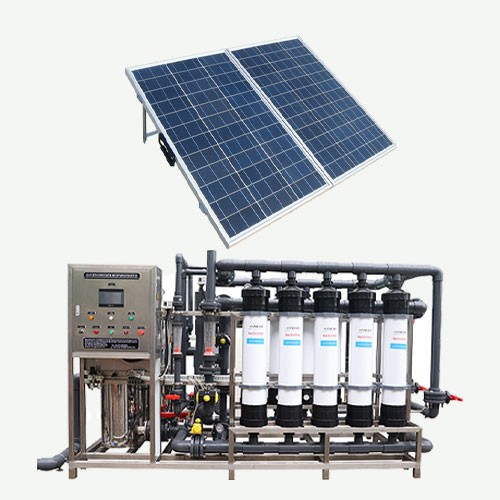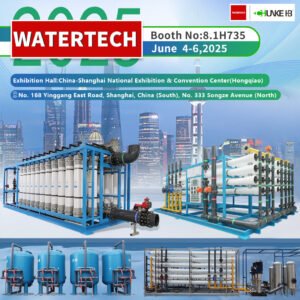Water Treatment Plant: All about You Have To Know Make You Expert
A water treatment plant is a destination and filtration where dirty water or wastewater (water which is no longer fit for its current purpose) moves to once it leaves water source such as underground water, river water, seawater or homes and businesses through pipes.

What is a Water Plant Treatment?
A water plant treatment is a filtration and purification process to remove dirties, odor, taste, dangerous matters, bacteria and viruses…etc accordingly.
Chunke as water filtration system producer uses different filtration type for different water type and sources. Now, we check this filtration types:
What are the types of water treatment plants?
- Waste Water Treatment Plant (WWTP)
- Seawage Treatment Plants (STPs)
- Effluent Treatment Plants (ETPs)
- Deminerilazation (DM) Treatment Plants
- Reverse Osmosis (RO) Plant
- Ultrafiltration (UF) Water Treatment
Here, we show Reverse Osmosis Water Treatment Plant, Ultrafiltration Water Treatment Plant and Deminerilazation Treatment Plant (Mix Bed and Electrodeionization).
What is Reverse Osmosis RO Water Treatment Plant?
Reverse osmosis (RO) is a water treatment process that removes impurities using a semi-permeable membrane. So, simple, safe and cost-effective, it eradicates over 99% of contaminants from water such as dissolved solids, organics, bacteria and pyrogens.
Reverse Osmosis Water Purification Machines are two types as regards to their water production capacity:
- Commercial Reverse Osmosis System: Capacity Range 100 liter per hour to 2.000 liter per hour.
- Industrial Reverse Osmosis System: Capacity is bigger than 2000 liter per hour.
Also Reverse Osmosis Systems are catagorized as regards to source water:
1. Tap Water Reverse Osmosis RO Membrane Filter Systems: City water or tap water TDS level is 50-500ppm.
2. Brackish Water Reverse Osmosis Desalination Systems BWRO: Source water TDS level is higher than 1000ppm.
3. Seawater Reverse Osmosis Desalination Systems SWRO: Seawater or ocen water TDS level is 20.000 to 50.000ppm
What is Ultrafiltration UF Water Treatment Plant?
Ultrafiltration (UF) is a water purification process in which water is forced through a semipermeable membrane. Hence, suspended solids and high-molecular-weight solutes remain on one side of the membrane, the retentate side, while water and low-molecular-weight solutes filter through the membrane to the permeate side.
What are the 5 stages of water treatment?
Water systems use different water treatment methods to provide safe and clean water for its usage. Water systems often use a series of water treatment steps that include coagulation, flocculation, sedimentation, filtration, and disinfection.
Coagulation
Coagulation is often the first step in water treatment. During coagulation, chemicals with a positive charge are added to the water. Hence, pte positive charge neutralizes the negative charge of dirt and other dissolved particles in the water. When this occurs, the particles bind with the chemicals to form slightly larger particles. Meanwhile, common chemicals used in this step include specific types of salts, aluminum, or iron.
Flocculation
Flocculation follows the coagulation step. Hence, flocculation is the gentle mixing of the water to form larger, heavier particles called flocs. Often, water treatment plants will add additional chemicals during this step to help the flocs form.
Sedimentation
Sedimentation is one of the steps water treatment plants use to separate out solids from the water. During sedimentation, flocs settle to the bottom of the water because they are heavier than water.
Filtration
Once the flocs have settled to the bottom of the water, the clear water on top is filtered to separate additional solids from the water. During filtration, the clear water passes through filters that have different pore sizes and are made of different materials (such as sand, gravel, and charcoal). So, these filters remove dissolved particles and germs, such as dust, chemicals, parasites, bacteria, and viruses. Activated carbon filters also remove any bad odors accordingly.
Water treatment plants can use a process called ultrafiltration in addition to or instead of traditional filtration. During ultrafiltration, the water goes through a filter membrane with very small pores. This filter only lets through water and other small molecules (such as salts and tiny, charged molecules).
So, reverse osmosisexternal icon is another filtration method that removes additional particles from water. Water treatment plants often use reverse osmosis when treating recycled waterexternal icon (also called reused water) or salt water for drinking.
What are the water treatment chemicals?
The most commonly used chemicals for water treatment process are:
- Algicide
- Chlorine
- Chlorine dioxide
- Muriatic acid
- Soda ash or Sodium bicarbonate
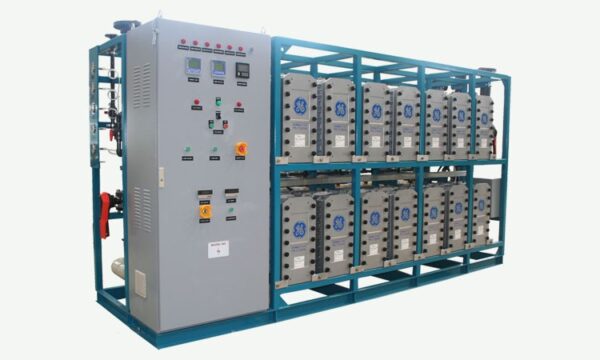
How much does Water Treatment Plant cost?
Cost of water treatment system depends on project capacity, water source quality and application field accordingly. For example, drinking water industry, food and beverage industry, pharmaceutical industry, power plant, irrigation industry…all their demand on pure water is different.
To get right cost which fixes to you, please contact with us: info@chunkewatertreatment.com
How do you install Water Treatment Plant?
You can easily install small size water treatment system, Chunke water filtration systems are skid mounted. Hence, plug and play type machines.
RO Water Treatment machne is using semi-permable reverse osmosis membrane to remove unwanted matters in water.
For your big project, we can send our experienced engineer to install, commisioning of all machine and gives training your technical team accordingly.

